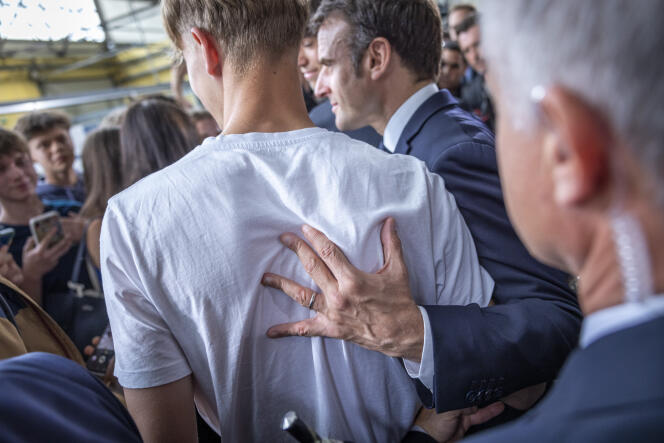Challenges of changing the curriculum in vocational schools


This is a subject as old as vocational education itself: should we ensure the rapid integration of young people or offer them the training they want, regardless of the opportunities in the given area?
During the presentation of the reform of vocational higher education on May 4, Emmanuel Macron reiterated his goal to move “100% integration” For students in this stream who are often among the most vulnerable in the school system. One year after graduation, only half of vocational baccalaureate holders have a job, and only 53% of high school graduates who study BTS receive a diploma within two to three years.
Faced with this observation, the President of the Republic put forward several ways, including the revision of the educational map. The head of state wants to shift it to “stress jobs” – he noted, in particular, railways, aeronautics and agricultural professions – and “future jobs” such as nuclear power, energy renovation of buildings, renewable energies and digital technology.
The ambition is to achieve a better match between the training offered and the needs of the given area. After all, that promise is what got the unions jumping: a goal “100% closed non-integrated training” in the fall of 2026.
To achieve this, it is planned to further reduce the place of certain tertiary streams (management-administration, commerce and sales) in the training offer, as they have low integration rates. The former Minister of Education, Jean-Michel Blanker, already made this observation during the previous reform of the vocational higher education institution in 2018 and chose to close part of the professional management-administration bachelors. “I share the continuity of what Jean-Michel Blancker started”explains Carol Grangen, delegate of the Minister of Vocational Education and Training.
“Business needs change very quickly”
To review the training offer, the state has been equipped with a management tool called Orion, which will be operational by the end of the month. ” [Il] It makes it possible to compare the integration and continuing education rates of a given sector, but also to compare it with the needs of tomorrow’s professions.– says Carol Grangen. This should make it possible to prepare training opening and closing forecasts for several years. »
By the beginning of the 2023 academic year, 212 training openings have already been planned, adding 80 openings related to the new presidential project on the professional path. “This represents an opening of 3,000 places already planned and an additional 1,050 places linked to the reform., explains Carol Grangen. On the contrary, 146 courses should be closed, i.e. 2600 places in secondary school.
Source: Le Monde
Leave a Reply